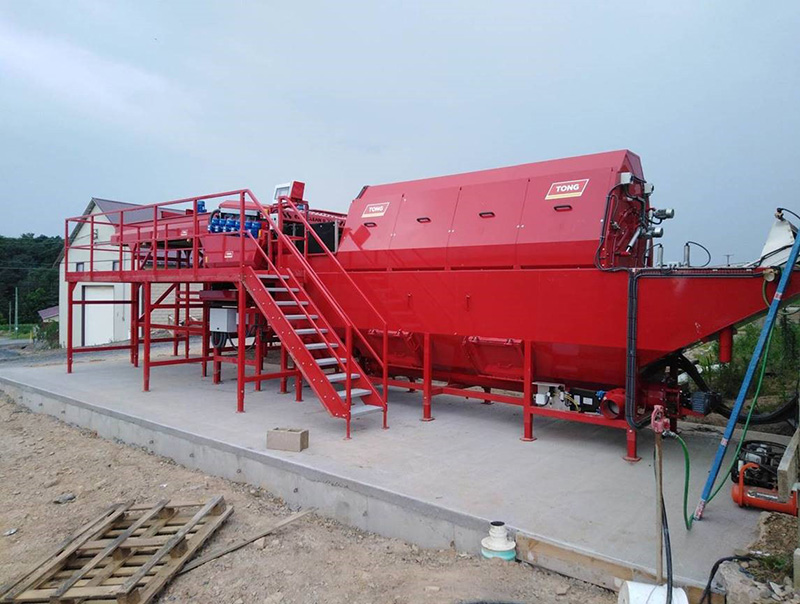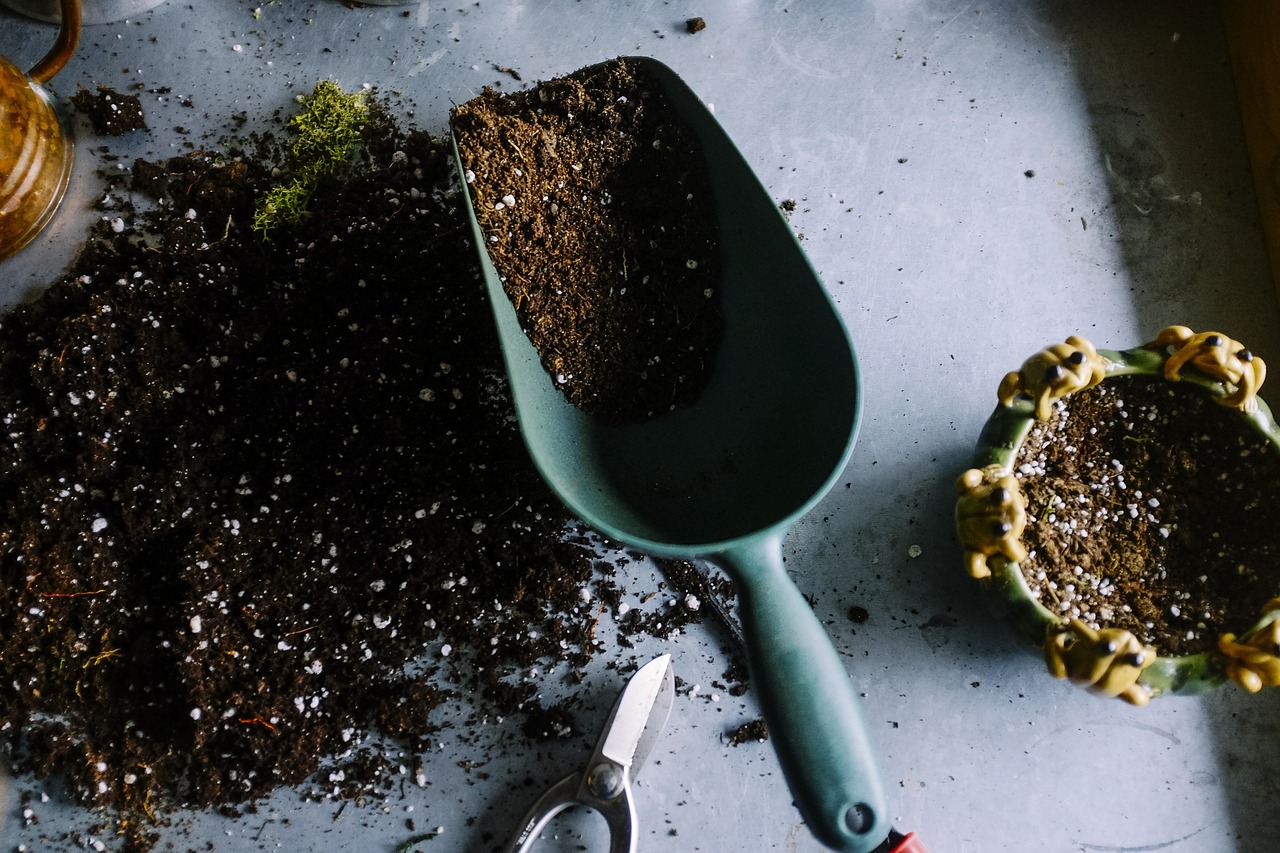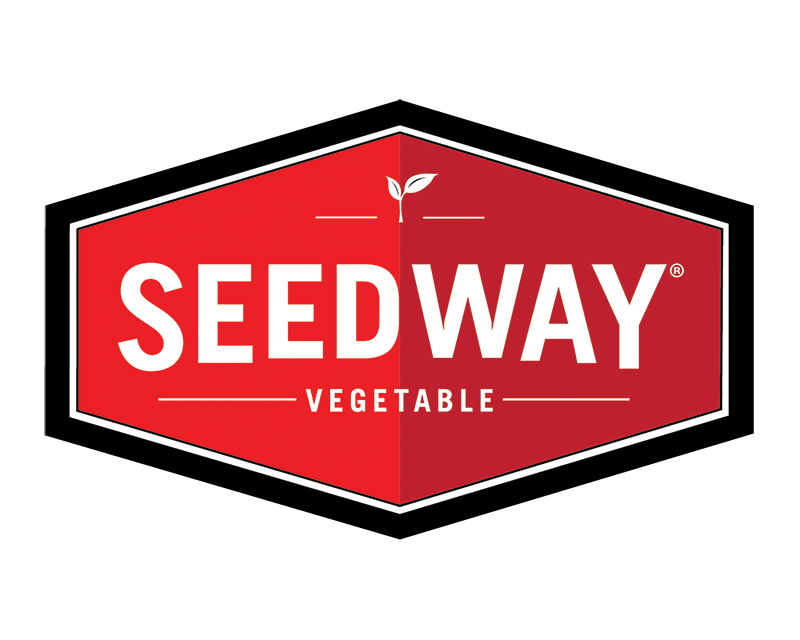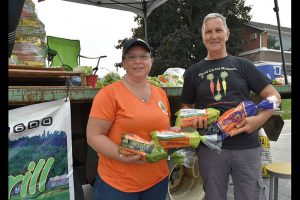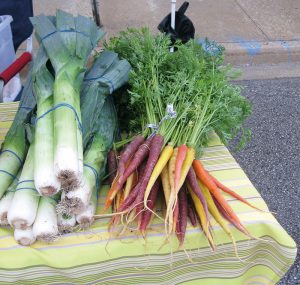The U.S. Department of Agriculture (USDA) reminds communities, farmers and ranchers, families and small businesses in the path of Hurricane Dorian that USDA has programs that provide assistance in the wake of disasters. USDA staff in regional, state and county offices stand ready and are eager to help.
In a continuing effort to serve the public, USDA partnered with FEMA and other disaster assistance organizations and created the Disaster Resource Center website, located at www.usda.gov/topics/
USDA also developed a disaster assistance discovery tool specifically targeted to rural and agricultural issues, at www.farmers.gov/recover/
Severe weather forecasts often present the possibility of power outages that could compromise the safety of stored food. USDA encourages those in the path of Hurricane Dorian to take the following precautions to protect the safety of their food:
- Place appliance thermometers in both the refrigerator and the freezer to ensure temperatures remain food safe during a power outage. Safe temperatures are 40°F or lower in the refrigerator, 0°F or lower in the freezer.
- Freeze water in small plastic storage bags or containers prior to a storm. These containers are small enough to fit around the food in the refrigerator and freezer to help keep food cold.
- Freeze refrigerated items, such as leftovers, milk and fresh meat and poultry that you may not need immediately—this helps keep them at a safe temperature longer.
- Consider getting 50 pounds of dry or block ice if a lengthy power outage is possible. This amount of ice should keep a fully-stocked 18-cubic-feet freezer cold for two days.
- Group foods together in the freezer—this ‘igloo’ effect helps the food stay cold longer.
- Keep a few days’ worth of ready-to-eat foods that do not require cooking or cooling.
Owners of meat and poultry producing businesses who have questions or concerns may contact the FSIS Small Plant Help Desk by phone at 1-877-FSIS-HELP (1-877-374-7435), by email at infosource@fsis.usda.gov, or 24/7 online at: www.fsis.usda.gov/wps/
Helping individuals recover after disasters:
In the aftermath of a disaster, USDA’s Food and Nutrition Service (FNS) works with state, local and nongovernmental organizations to provide emergency nutrition assistance – including food packages and infant formula – to households, shelters, and mass feeding sites serving people in need. Upon request from states, the agency also provides emergency flexibilities in the administration of its nutrition assistance programs and works with local authorities to provide Disaster Supplemental Nutrition Assistance Program (D-SNAP) benefits. Once the disaster recovery efforts begin, emergency nutrition assistance and flexibilities requested by states and approved by FNS will be posted to the FNS Disaster Assistance website.
USDA National Institute of Food and Agriculture provides support for disaster education through the Extension Disaster Education Network (EDEN). EDEN is a collaborative multi-state effort with land-grant universities and Cooperative Extension Services across the country, using research-based education and resources to improve the delivery of services to citizens affected by disasters. EDEN’s goal is to improve the nation’s ability to mitigate, prepare for, prevent, respond to and recover from disasters. EDEN equips county-based Extension educators to share research-based resources in local disaster management and recovery efforts. The EDEN website offers a searchable database of Extension professionals, resources, member universities and disaster agency websites, education materials to help people deal with a wide range of hazards, and food and agricultural defense educational resources. Resources for disaster feeding partners as well as available FNS disaster nutrition assistance can be found on the FNS Disaster Assistance website.
Helping producers weather financial impacts of disasters:
When major disasters strike, USDA has an emergency loan program that provides eligible farmers low-interest loans to help them recover from production and physical losses. USDA’s emergency loan program is triggered when a natural disaster is designated by the Secretary of Agriculture or a natural disaster or emergency is declared by the President under the Stafford Act. USDA also offers additional programs tailored to the needs of specific agricultural sectors to help producers weather the financial impacts of major disasters and rebuild their operations.
Livestock owners and contract growers who experience above normal livestock deaths due to specific weather events, as well as to disease, may qualify for assistance under USDA’s Livestock Indemnity Program.
Livestock, honeybee and farm-raised fish producers whose mechanically harvested or purchased livestock feed was physically damaged or destroyed; or who lost grazing acres or beehives due to an extreme weather event may qualify for assistance. Producers who suffer losses to or are prevented from planting agricultural commodities not covered by federal crop insurance may be eligible for assistance under USDA’s& Noninsured Crop Disaster Assistance Program if the losses were due to natural disasters and if coverage was previously purchased for the current crop year.
Orchardists and nursery tree growers may be eligible for assistance through USDA’s Tree Assistance Program to help replant or rehabilitate eligible trees, bushes, and vines damaged by natural disasters.
In the event of an emergency evacuation, producers are encouraged, to the extent possible, to gather all crop and livestock related records (i.e. herd records, inventory records, etc.) that may be required when filing a notice of loss for disaster assistance program benefits.
For more information on disaster recovery programs offered through USDA’s Farm Service Agency (FSA), visit fsa.usda.gov.
Visit USDA’s disaster resources website to learn more about USDA disaster preparedness and response. For more information on USDA disaster assistance programs, please contact your local USDA Service Center. To find your local USDA Service Center go to offices.usda.gov.

